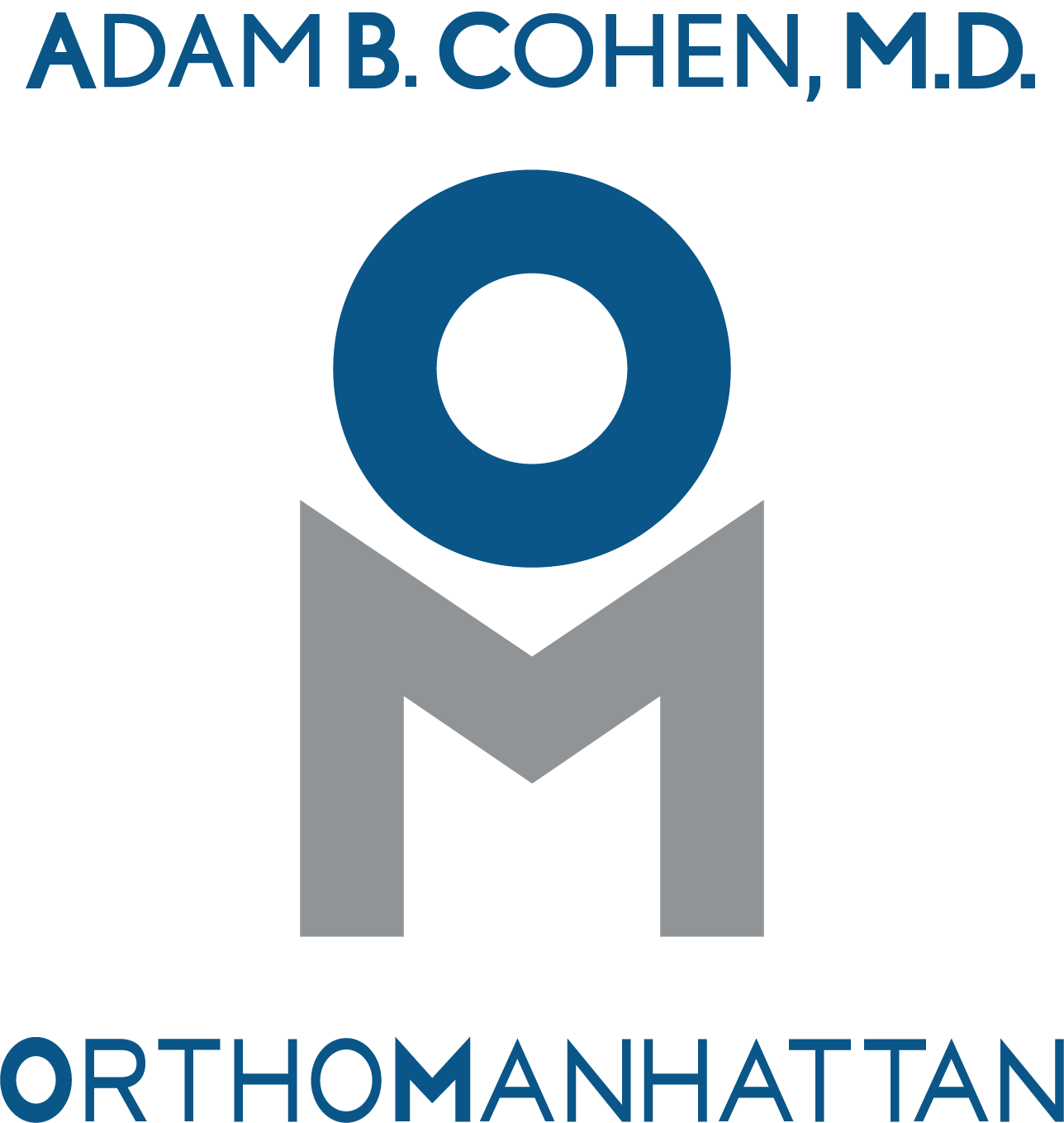Home > Shoulder > Impingement
Overview
Impingement (also called impingement syndrome or subacromial impingement) is the most common shoulder disorder and accounts for approximately 50% of all shoulder problems.
As the shoulder moves it can pinch (or impinge) the bursa and rotator cuff tendons up against the bony roof that protects the top of the shoulder. This bony roof is called the acromion.
Rotator cuff
Group of four tendons that attach to the top of the humerus. The four tendons - the supraspinatus, infraspinatus, subscapularis and teres minor — act together to help stabilize the shoulder and provide strength.
Bursa
Fluid filled sac in the shoulder that helps the tendons glide without friction.
Impingement symptoms occur when there is inflammation of the shoulder bursa, called bursitis, or inflammation to the tendon, called tendonitis, and sometimes both. Sometimes a bony spur develops on the undersurface of the acromion that irritates the bursa and rotator cuff.
Impingement syndrome is characterized by pain with overhead activities and certain activities of daily living (e.g. pain when reaching behind to put a coat on), and pain at night.
Treatment for impingement syndrome is typically nonsurgical. Improvement can be expected in 80% of cases with nonsurgical management. Nonsurgical measures include oral anti-inflammatory medications, physical therapy and cortisone injections.
Surgery is rarely needed for impingement syndrome. However, when nonoperative measures fail, surgery is often recommended. This procedure is called a subacromial decompression. In a subacromial decompression, the bursa is removed and the acromion is shaved to eliminate any bony spurs and to make more room for the rotator cuff.
Frequently Asked Questions About Impingement Syndrome
Why does impingement occur?
We don’t always know exactly why impingement symptoms begin. Sometimes it is a small trauma or minor injury that starts a cycle of inflammation. Once the shoulder is inflamed we begin to compensate by using other muscles, or we begin to use the shoulder less - - this can lead to stiffness and an imbalance of muscles around the shoulder. This can lead to more pain and the cycle worsens. The goal of treatment, which includes therapy and possibly a corticosteroid injection, is to stop this cycle.
What exercises should I do to help me with my impingement syndrome?
Surgery is not indicated for impingement syndrome unless there is a failure of conservative management which includes physical therapy. Supervised therapy is advised to insure that exercises are being done properly. However, a home exercise program is essential for consistency and to increase the likelihood of success.
What exercise or activities should I avoid if I have impingement syndrome?
Impingement syndrome is related to inflammation in the subacromial space, either from an inflamed bursa or inflammed tendon. Any exercise or activity that increases this pain should be avoided. This includes overhead activity (e.g., serving in tennis or throwing a baseball). Overhead weight-training, for example military press or incline bench press should be avoided. Good rule of thumb - if the exercise that you are doing increases your impingement symptoms — either stop doing them or modify to reduce the pain.



